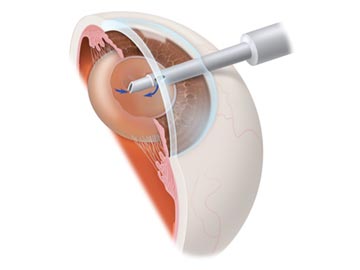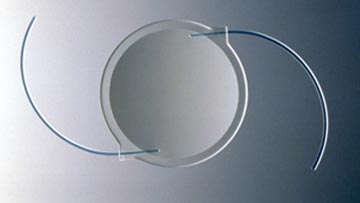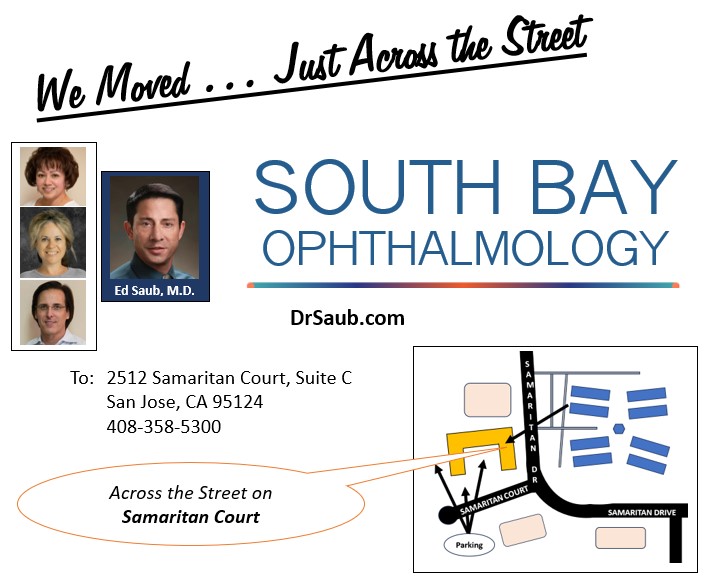What causes cataract?
The most common type of cataract is related to aging of the eye.
How fast does a cataract develop?
How quickly a cataract develops varies among individuals and may even be different between the two eyes. Most age-related cataracts progress gradually over a period of years. Other cataracts, especially in younger people and people with diabetes, may progress rapidly over a short time. It is not possible to predict exactly how fast cataracts will develop in any given person.
How is cataract treated?
Surgery is the only way a cataract can be removed. However, if symptoms of cataract are not bothering you, surgery may not be needed. Sometimes a simple change in your eyeglass prescription may be helpful.
No medications, dietary supplements or exercises have been shown to prevent or cure cataracts. Protection from excessive sunlight may help slow the progression of cataracts. Sunglasses that screen out ultraviolet (UV) light rays or regular eyeglasses with a clear, anti-UV coating offer this protection.
How is a cataract detected?
By performing a thorough eye examination, your ophthalmologist (Eye M.D.) can detect the presence of a cataract. A careful evaluation will also rule out any other conditions that may be causing blurred vision or other eye problems. Problems with other parts of the eye (such as cornea, retina or optic nerve) can be responsible for vision loss and may prevent you from having much or any improvement in vision after cataract surgery. If improvement in your vision is unlikely, cataract removal may not be recommended. Your ophthalmologist can tell you how much visual improvement is likely.
When should surgery be done?
Surgery should be considered when cataracts cause enough loss of vision to interfere with your daily activities. It is not true that cataracts need to be “ripe” before they can be removed or that they need to be removed just because they are present.
Cataract surgery can be performed when your visual needs require it. You must decide if you can see well enough to do your job, drive safely, and read or watch TV in comfort. Does your vision allow you to perform daily tasks such as cooking, shopping, doing yard work or taking medications without difficulty?
Based on your symptoms, you and your ophthalmologist should decide together when surgery is appropriate.

Small instruments gently remove the yellowed natural lens (cataract).
What can I expect from cataract surgery?
Over 1.4 million people have cataract surgery each year in the United States, and more than 95% of those surgeries are performed with no complications. During cataract surgery, which is usually performed under local or topical anesthesia as an outpatient procedure, the cloudy lens is removed from the eye.
In most cases, the focusing power of the natural lens is restored by replacing it with a permanent intraocular lens implant. Read more about Intraocular Lenses.
Your ophthalmologist performs this delicate surgery using a microscope, miniature instruments and other modern technology. After surgery, you will have to take eye drops as your ophthalmologist directs. Your surgeon will check your eye several times after surgery to make sure it is healing properly.

Intraocular lens implant replaces your natural lens.
Cataract surgery is a highly successful procedure. Improved vision is the result in over 95% of cases, unless there is a problem with the cornea, retina, optic nerve or other structures. It is important to understand that complications can occur during or after the surgery, some severe enough to limit vision. If you experience even the slightest problem after cataract surgery, your ophthalmologist will want to hear from you immediately.
For many people after cataract surgery, a film develops on the natural capsule that supports the lens implant causing vision to become cloudy. If this occurs, your ophthalmologist can perform an outpatient laser procedure to open this cloudy capsule, restoring clear vision. Read more about Posterior Laser Capsulotomy.
 Conclusion
Conclusion
Cataracts are a common cause of decreased vision, particularly for the elderly, but they are treatable.
Your ophthalmologist can tell you whether cataract or some other problem is the cause of your vision loss and can help you decide if cataract surgery is appropriate for you.






 Conclusion
Conclusion